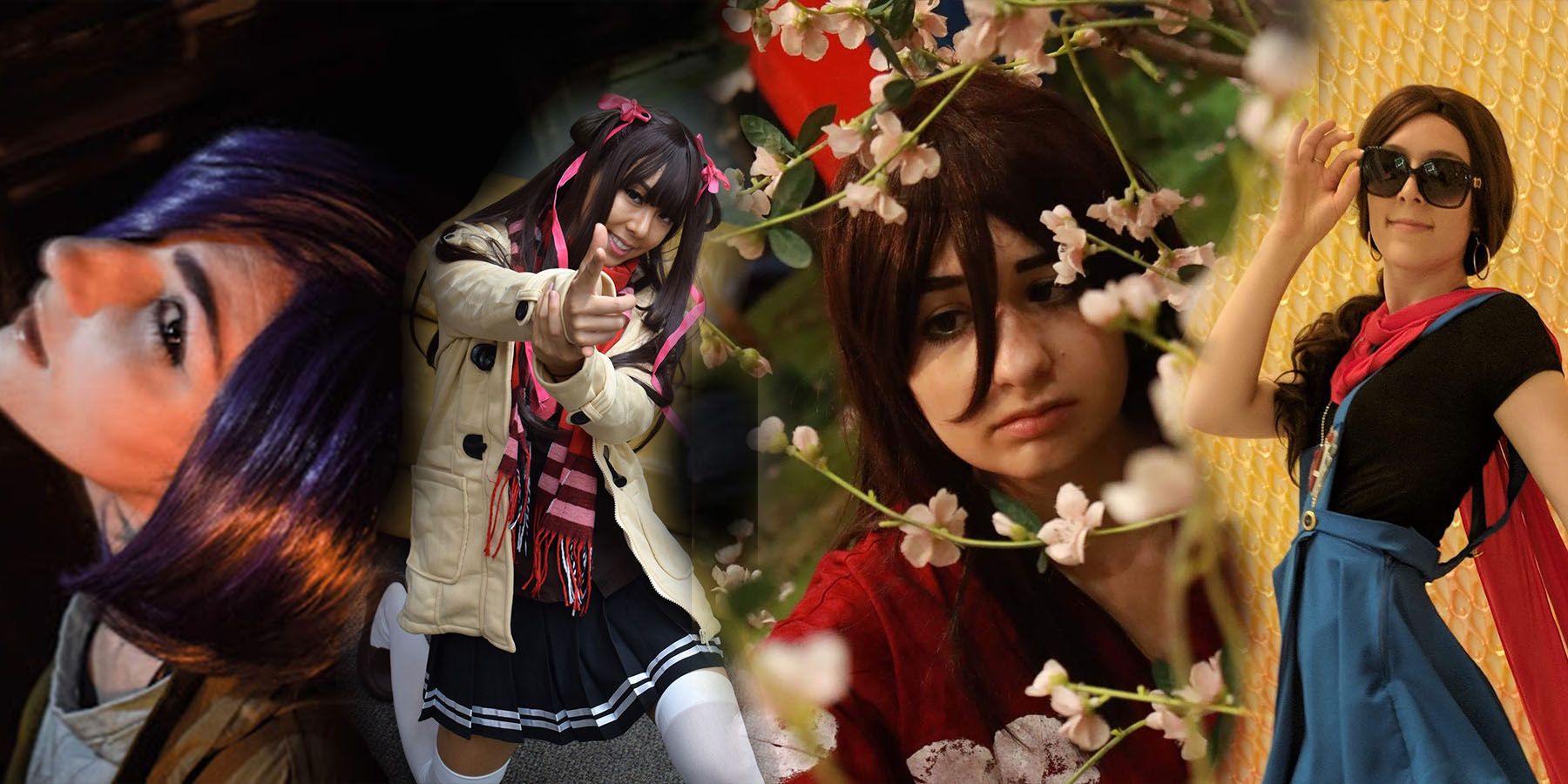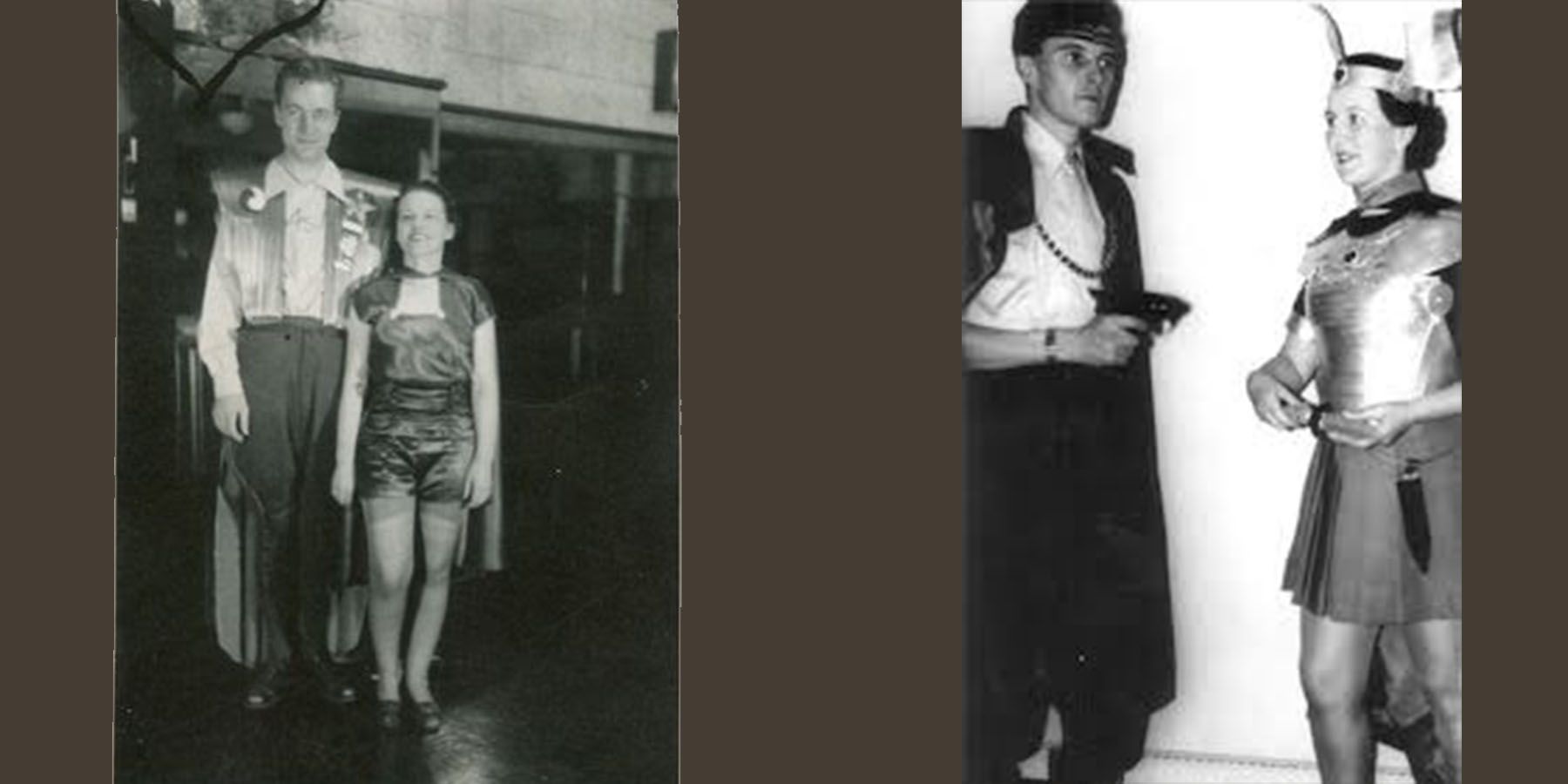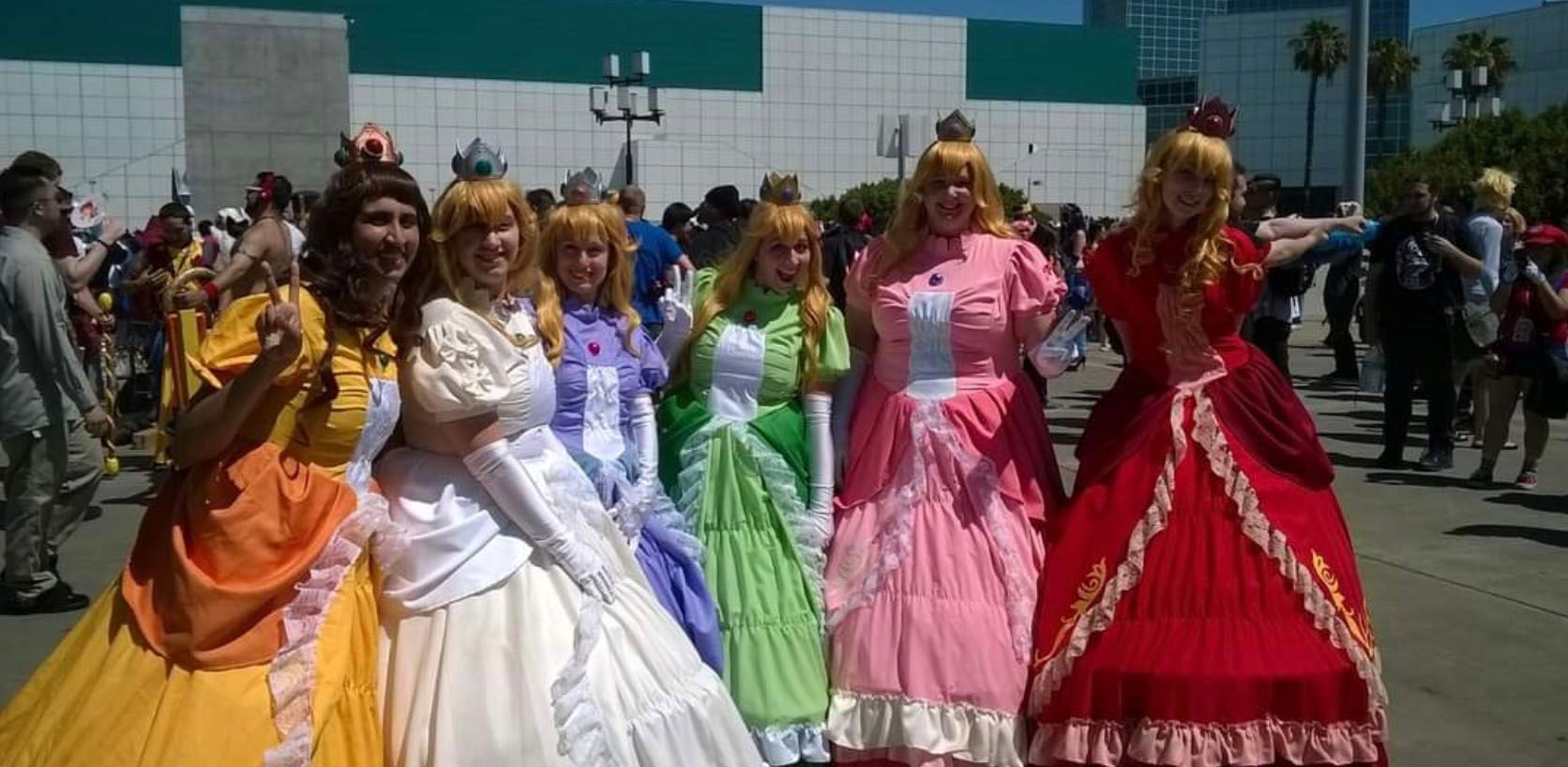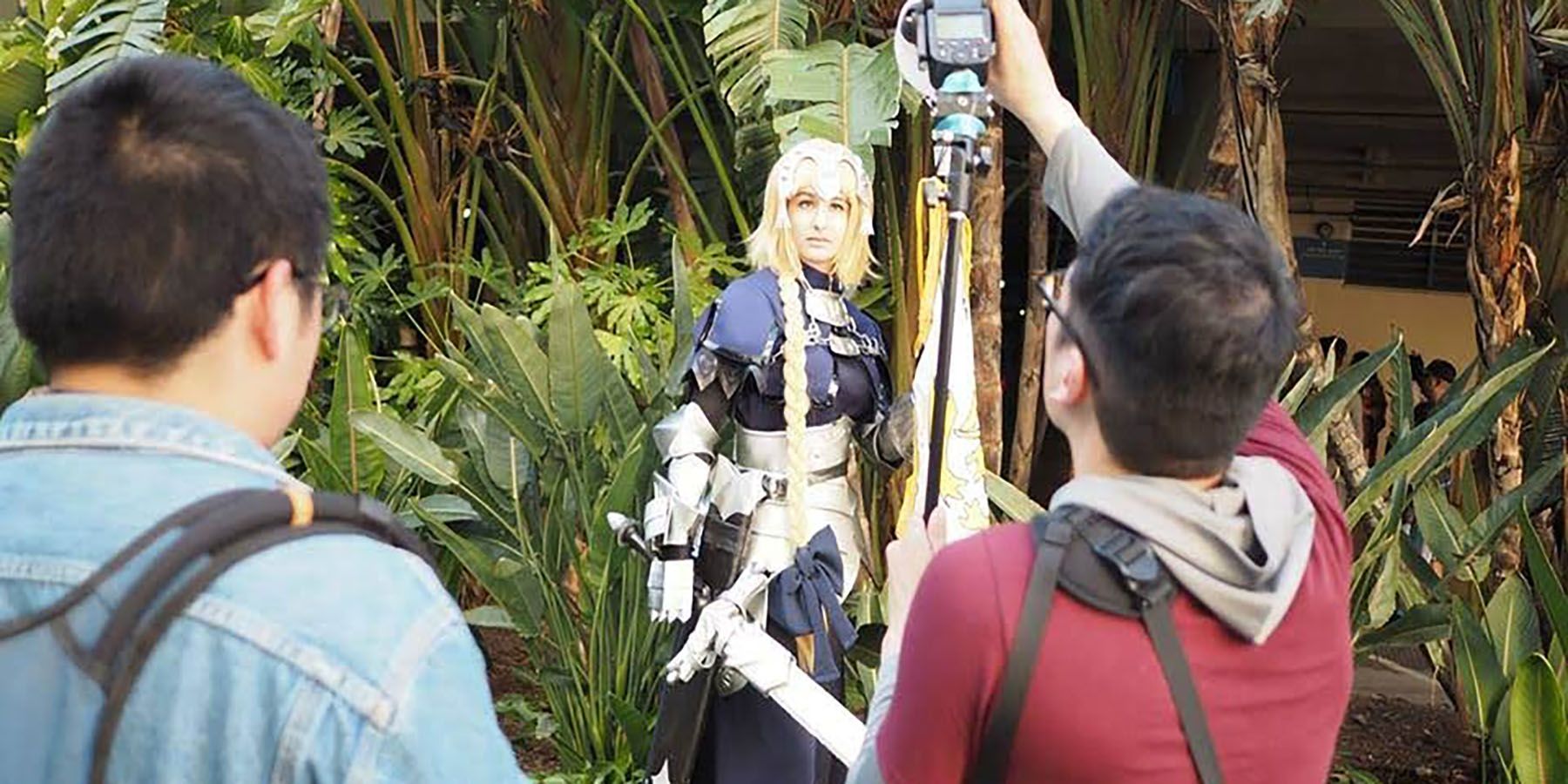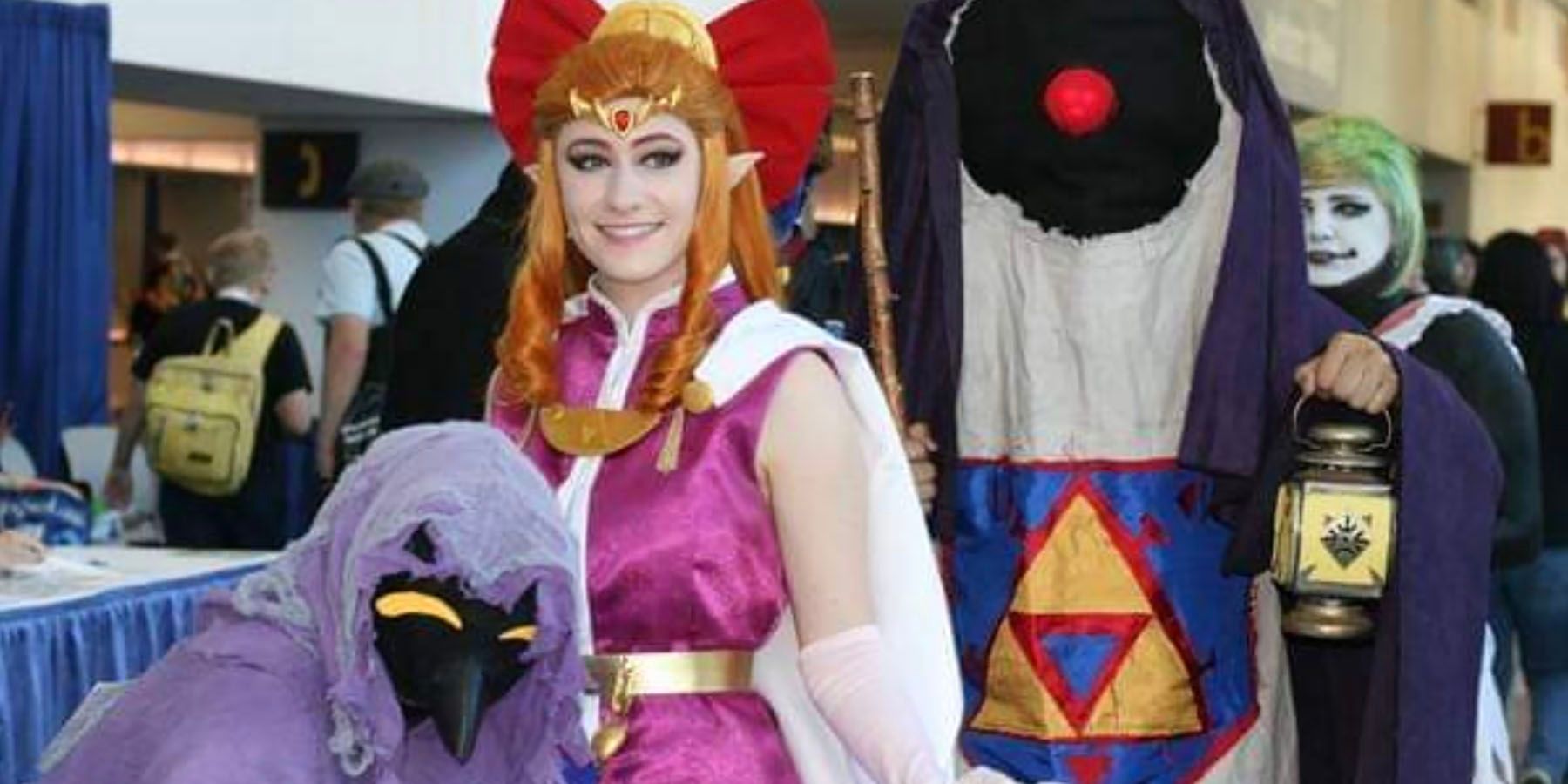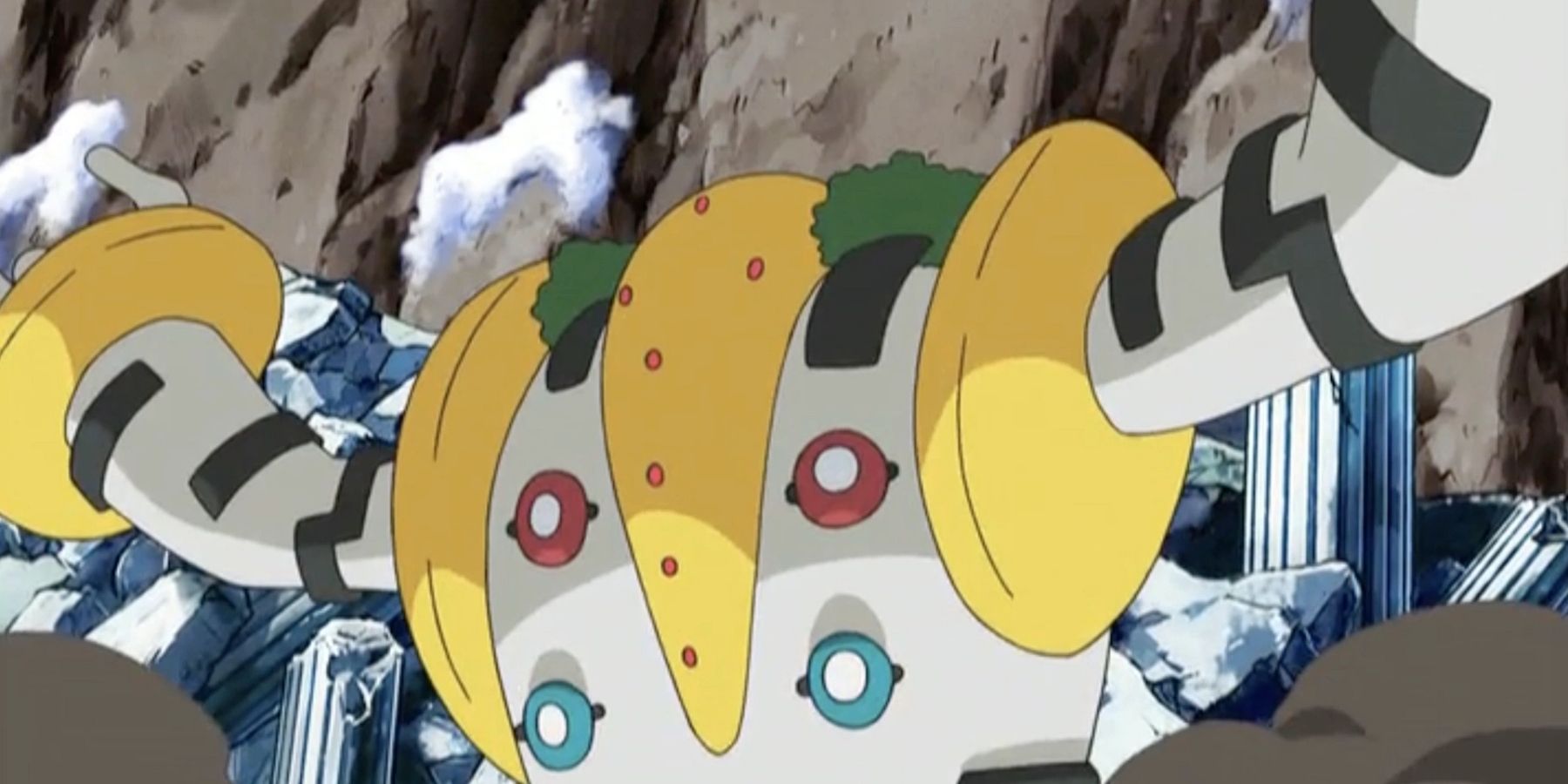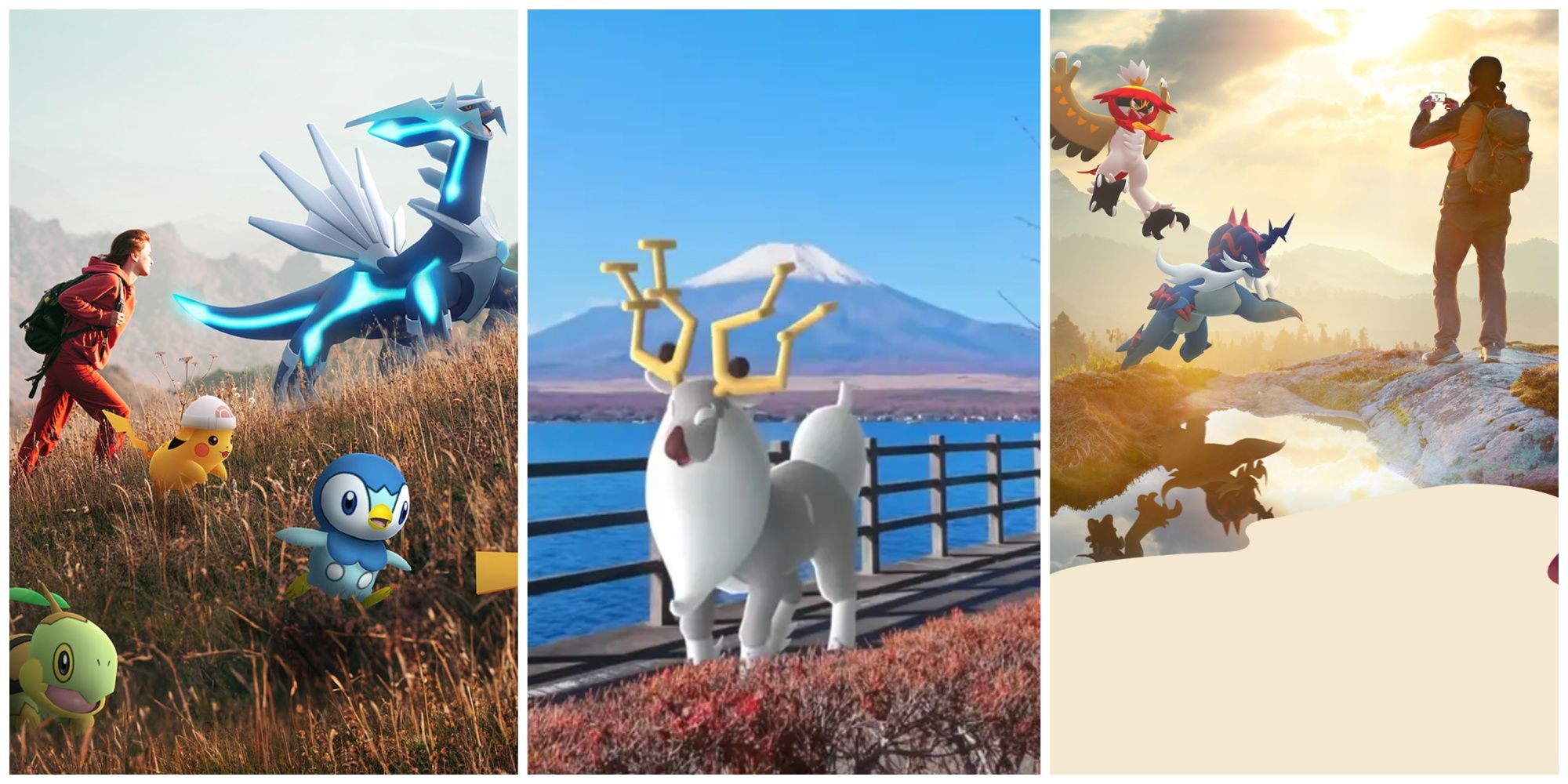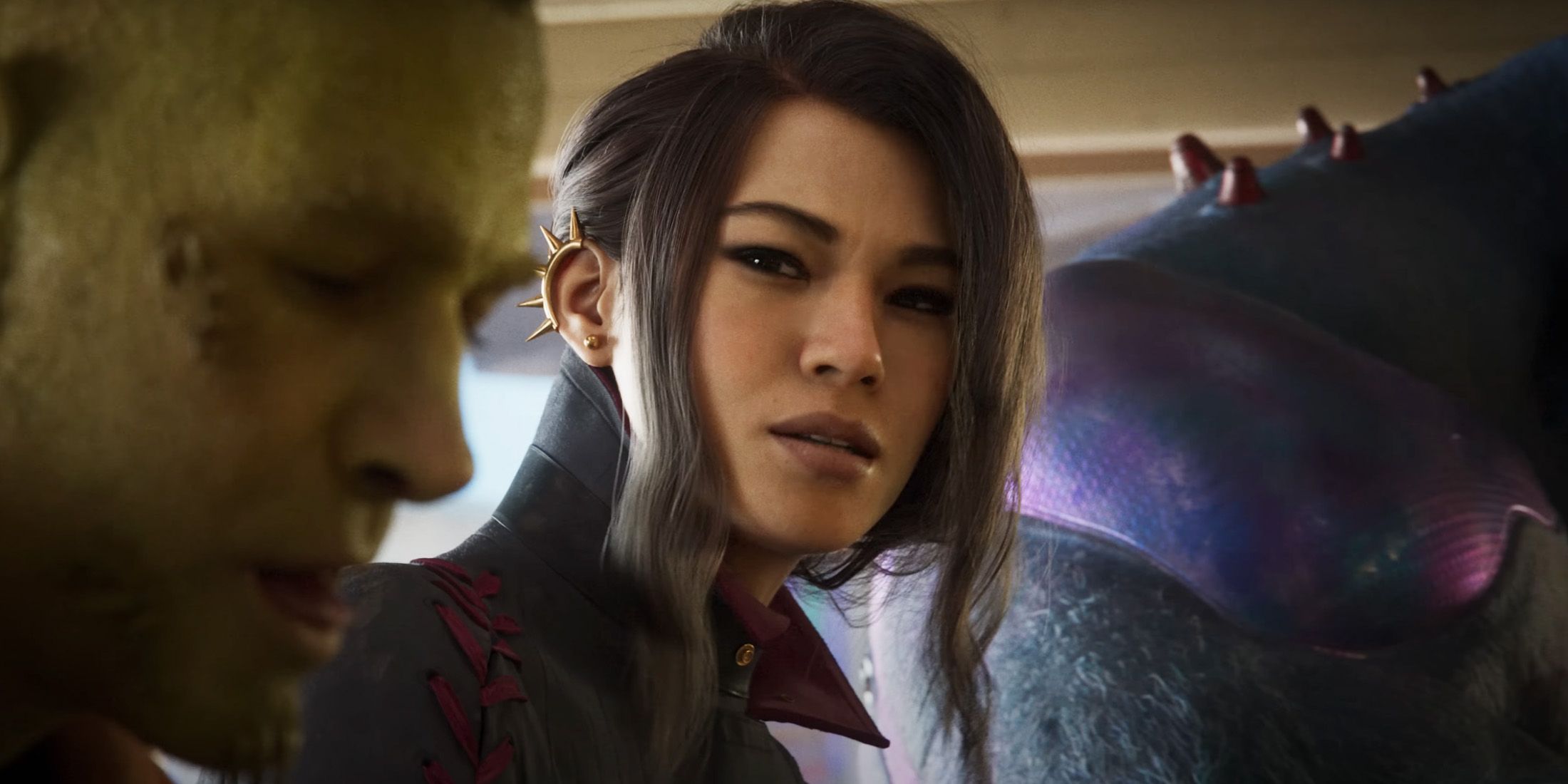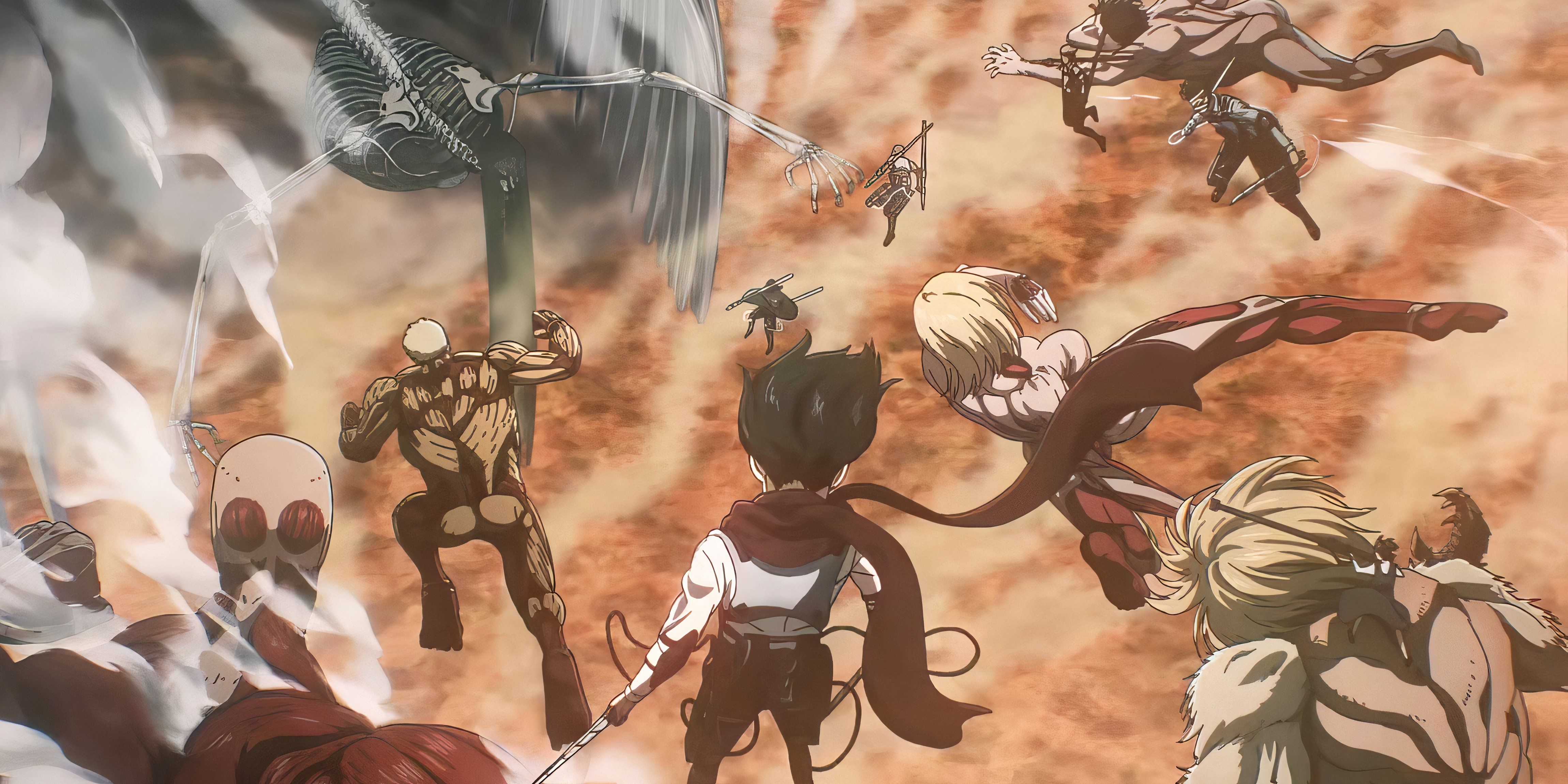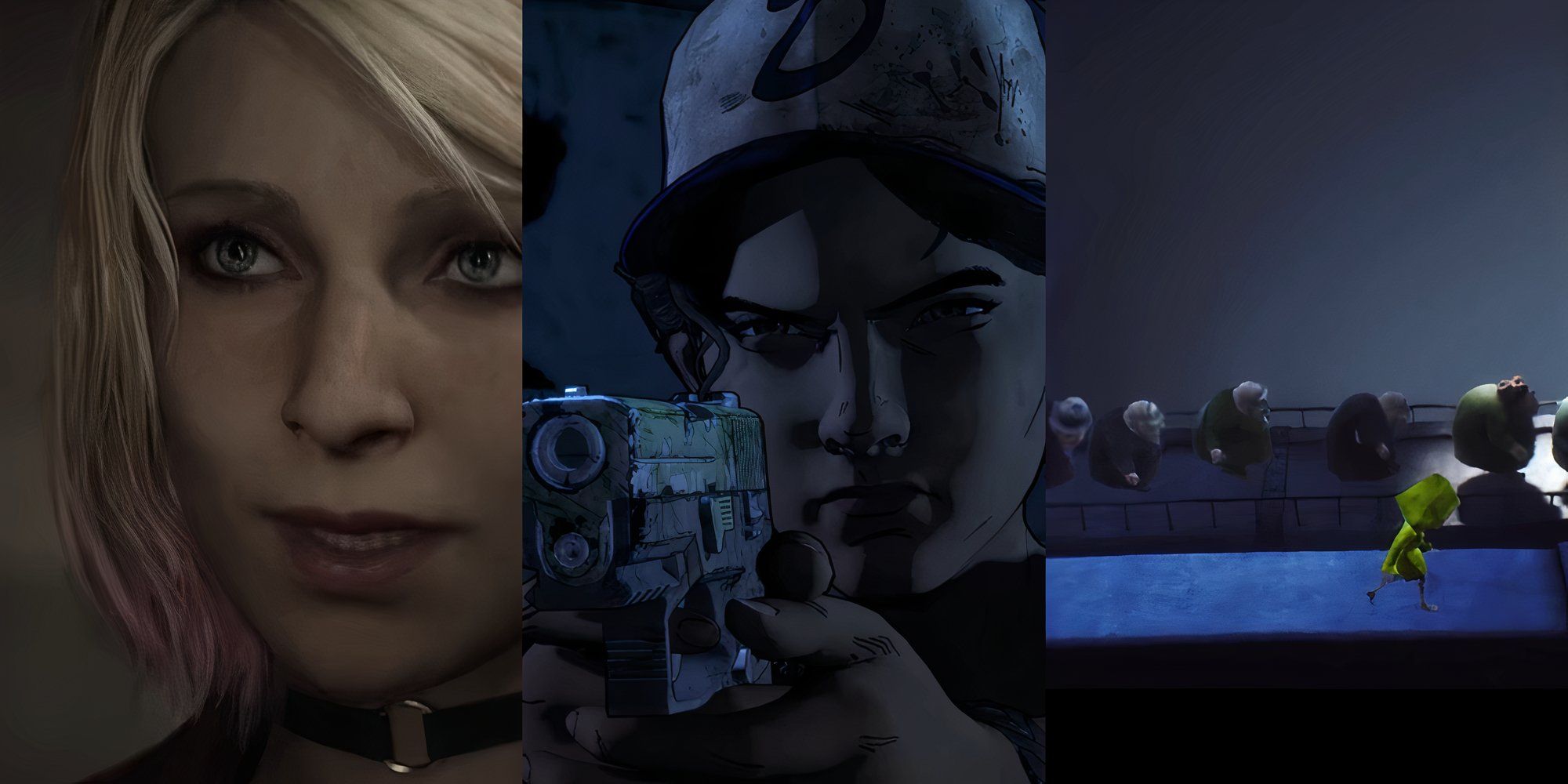Highlights
- Crafting and cosplay allow people to embrace their inner child and immerse themselves in the things they love, whether it’s science fiction, anime, or video games.
- Cosplay originated in the 1930s and has grown in popularity, leading to the creation of conventions and costume contests around the world.
- Cosplay has evolved to include celebrity cosplayers, cosplay photography, and even commission-based cosplay businesses, but it can also be an expensive hobby with its own share of controversies.
Crafting and creativity is something everyone is capable of. Though as we grow up, society teaches us that “crafting” is childish. But there’s no shame in embracing one’s inner child, and the geek community does just that.
Going as far back as 1939, and the term originating in 1984, with conventions beginning in the 1930s, cosplay is one of many ways people show their support and immerse themselves into something they love. Before the 2000s, it was science fiction, now it’s anime and video games – but there’s no rule that forbids one from dressing up as whatever they please.
More Than Theater
In 1926, Hugo Gernsback published the very first science fiction magazine, also known as Amazing Stories. This garnered a lot of popularity and soon the first “fandom” culture was born. In 1933, a woman named Morojo Douglas, who was a passionate fan of the serialization, joined with her companion, Forrest Ackerman to publish a fanzine of their own; but this wasn’t all of it. In 1939 a convention was held in New York known as the World Science Fiction Convention (or Worldcon for short). There the two showed up dressed as characters inspired by Things to Come, and in 1963, the very first costume based off an existing character was debuted. As the hobby became more popular, costume contests started taking center stage. Before long, the hobby also gained traction in Japan.
“Cosplay”
Cosplay in Japan began as early as the 1970s, at costume conventions, though there was no established term for it. Nobuyuki Takahashi from Studio Hard attended his first convention in 1984, at Worldcon in Los Angeles, California. Seeing all the costumes, he coined a unique name for the term, “cosplay”, which is a combination of “costume” and “play” (or “roleplay”). In 2003, the very first World Cosplay Summit took place in Nagoya, Japan. Which acts as not only a convention, but also a massive costume contest. Though cosplay contests (dubbed, “masquerades”) already came about during Comic-Con San Diego‘s fourth year, in the 1970s. In 1992, Anime Expo, the most popular convention worldwide, held its first event in San Jose, California.
A Hobby or a Job?
As the early 2010s hit, more cosplayers gained cult followings and even became celebrities in their respective circles. Some even going as far as to collaborate with internet sensations, such as Jacqueline Goehner did with Smosh for their 2011 Zelda Rap parody. Other cosplay celebrities such as Yaya Han would go on to be featured in reality shows like 2013’s Heroes of Cosplay, and release her own fabric brand sold at crafting stores. Though this isn’t just limited to the United States. Suzu Momoi of Takumi Armory is famous for making all of her costumes from scratch and has an official contract with Assist Cosplay LA. But this isn’t just in the “dress up” side of things either. Many famous photographers, such as PangiCospix, Remcreate, and Surfside Images, do cosplay photography exclusively.
“Cost”play
There’s an ongoing joke in the cosplay community: “Why buy this costume for $70, when I can just make it using $200 worth of materials?”. To many, cosplay is also a craft and an opportunity to share their passions with the world. Moreover, hobbyists see making cosplay as a way to challenge themselves and “bond” better with the character they’re cosplaying. As a result, there are those who live by commission, making costumes and clothing for clients.
But cosplay can still be an expensive hobby. While some characters, like Power from Chainsaw Man or Mikasa from Attack on Titan may be simple and easy, most anime and video game characters are a bit more complex. Additionally, most cosplayers prefer to debut their cosplays at conventions, which also costs money. In Japan, there are cosplay studios such as HACOSTADIUM, which offer a reserved photography service, but at a much lower price than the average convention in the US. Of course, there’s also the plane ticket that’s needed to travel there, so the overall price could very well be the same, if not more expensive.
Unfortunately, like with any fandom, the cosplay community is not without controversies of its own. It’s not uncommon to see other cosplayers claim a character as their own or resort to cyberbullying. Though with the amount of awareness the internet provides and the general compassion of those who share the hobby, it’s also no surprise that it can be a supportive and safe environment with the right people.
As of 2023, there are well over 14 different countries that hold conventions annually.
Sources: Comic Tropes, Bunka Japan, Smosh, Apple TV


